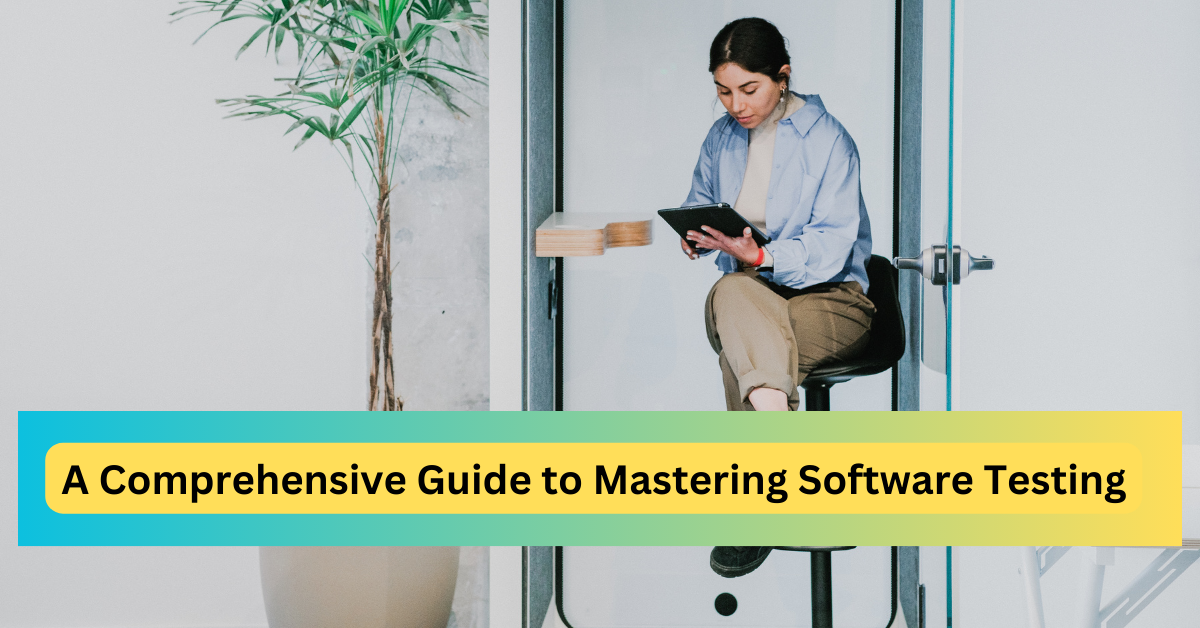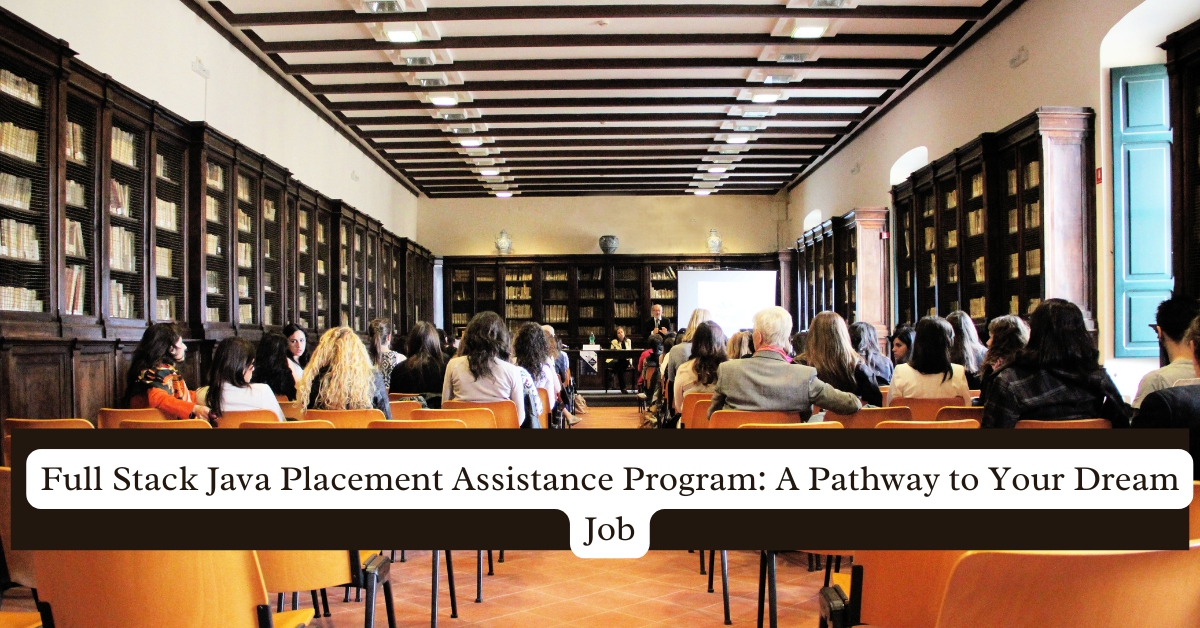In the ever-evolving world of web development, PHP and MySQL have remained a dynamic duo for building powerful, database-driven websites. Whether you’re just starting or looking to enhance your skills, understanding how these technologies work together is essential. Let’s dive into the world of PHP with MySQL, exploring their synergy, real-world applications, and how you can master these tools to create robust web applications.
What is PHP with MySQL?
PHP (Hypertext Preprocessor) is a server-side scripting language designed for web development but also used as a general-purpose programming language. MySQL is an open-source relational database management system (RDBMS) that uses Structured Query Language (SQL) to interact with databases. When combined, PHP and MySQL enable developers to create dynamic and interactive websites, where the content is generated based on user inputs and stored data.
Why PHP and MySQL are a Perfect Match
PHP and MySQL work seamlessly together, making them one of the most popular combinations for developing data-driven web applications. Here’s why:
- Ease of Use: PHP is relatively easy to learn, especially for beginners. Its syntax is similar to C, Java, and Perl, making it accessible to those with programming experience. MySQL, on the other hand, uses SQL, a straightforward language for managing and manipulating databases.
- Flexibility: PHP supports various databases, but MySQL is the most commonly used due to its speed, reliability, and open-source nature. Together, they allow developers to build everything from simple websites to complex applications.
- Community Support: Both PHP and MySQL have large, active communities. This means a wealth of resources, tutorials, and forums are available for troubleshooting and learning.
Building a Simple Application: A Real-Life Example
Imagine you’re creating a blog. You want users to be able to post articles, leave comments, and browse through a collection of posts. Here’s how PHP and MySQL can be used to build this:
- Creating the Database: Start by designing your database in MySQL. You’ll need tables for users, posts, and comments. Each table will have fields to store relevant information, such as user names, post titles, and comment content.
- Connecting PHP to MySQL: Using PHP’s
mysqliorPDOextension, establish a connection to your MySQL database. This is the bridge that allows PHP to interact with MySQL and perform operations like querying data, updating records, and inserting new entries. - Performing CRUD Operations: CRUD stands for Create, Read, Update, and Delete—four fundamental operations for managing data in your application:
- Create: Use SQL
INSERTstatements in PHP to add new blog posts and comments to the database. - Read: Fetch and display posts and comments using SQL
SELECTqueries. - Update: Allow users to edit their posts by updating database entries.
- Delete: Implement functionality to delete posts and comments as needed.
- Create: Use SQL
- Security Measures: Protect your application from SQL injection attacks by using prepared statements and sanitizing user inputs. This ensures that your application remains secure from malicious attacks.
- Deploying the Application: Once your application is developed, you can deploy it to a server where PHP and MySQL are installed, making it accessible to users around the world.
Advanced Topics and Best Practices
As you become more comfortable with PHP and MySQL, you’ll want to explore more advanced topics like:
- Data Validation and Sanitization: Ensuring all user inputs are validated and sanitized to prevent errors and security issues.
- Session Management: Using PHP sessions to manage user authentication and maintain state across different pages.
- Query Optimization: Writing efficient SQL queries and indexing your database tables to improve the performance of your application.
Conclusion
PHP and MySQL are powerful tools that, when used together, can build anything from small personal projects to large enterprise applications. By mastering the basics and progressively learning more advanced techniques, you can create web applications that are both functional and secure.
FAQs
1. What are the benefits of using PHP with MySQL?
PHP with MySQL offers a powerful combination for creating dynamic websites. They are both open-source, easy to learn, and have strong community support, making them ideal for beginners and experts alike.
2. How can I secure my PHP with MySQL application?
To secure your application, use prepared statements to prevent SQL injection, sanitize all user inputs, and implement proper error handling to avoid exposing sensitive information.
3. Can I use other databases with PHP?
Yes, PHP supports various databases, including PostgreSQL, SQLite, and Oracle. However, MySQL is one of the most commonly used due to its reliability and performance.
4. How do I connect PHP to a MySQL database?
You can connect PHP to MySQL using the mysqli or PDO extensions. Both provide functions to establish a connection, execute queries, and handle errors.
5. What are CRUD operations in PHP with MySQL?
CRUD stands for Create, Read, Update, and Delete—these are the basic operations for managing data in a database. Using PHP, you can execute SQL queries to perform these operations on a MySQL database.




